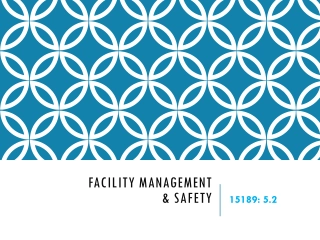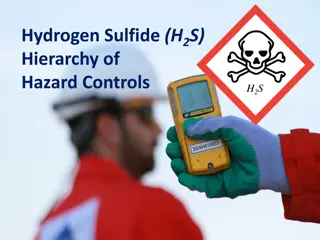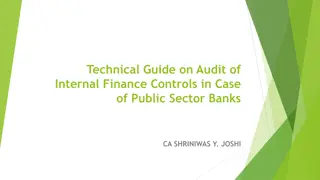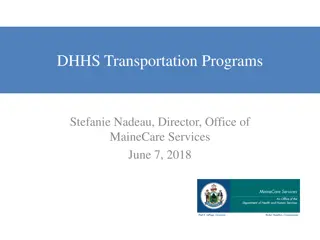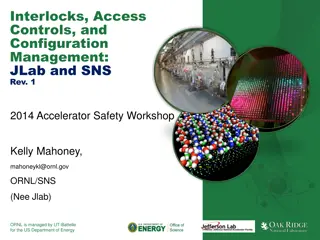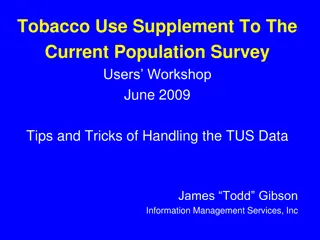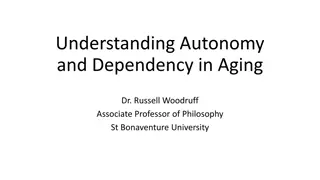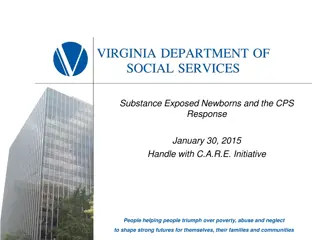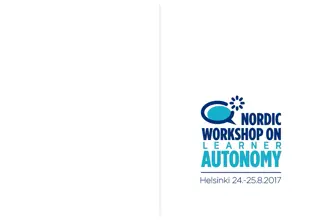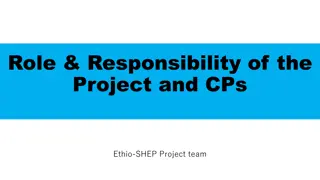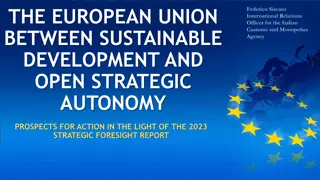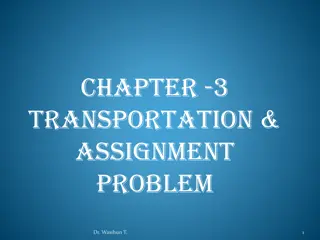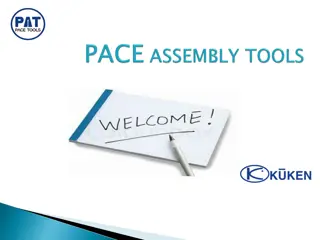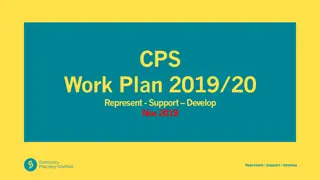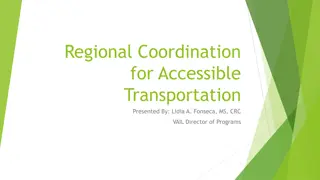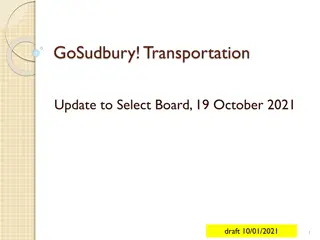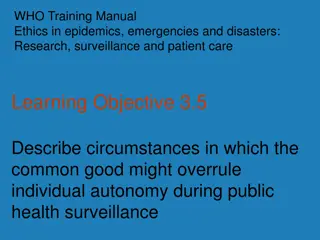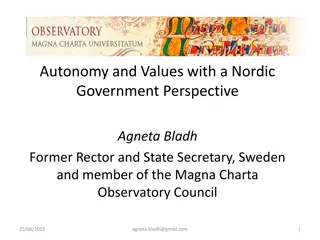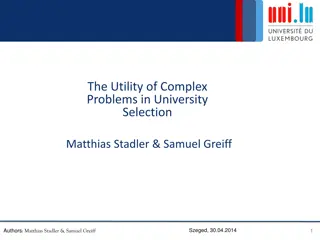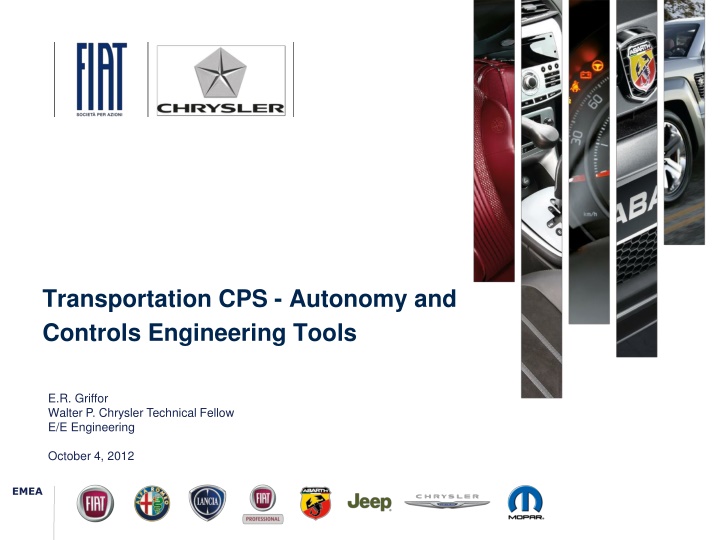
Challenges and Solutions in Autonomous Transportation Systems
Discover the challenges faced in developing autonomous transportation systems, ranging from defining vehicle functions to integrating CPS language and semantics. Explore adaptive approaches, autonomy controls, and the future of transportation technology.
Download Presentation

Please find below an Image/Link to download the presentation.
The content on the website is provided AS IS for your information and personal use only. It may not be sold, licensed, or shared on other websites without obtaining consent from the author. If you encounter any issues during the download, it is possible that the publisher has removed the file from their server.
You are allowed to download the files provided on this website for personal or commercial use, subject to the condition that they are used lawfully. All files are the property of their respective owners.
The content on the website is provided AS IS for your information and personal use only. It may not be sold, licensed, or shared on other websites without obtaining consent from the author.
E N D
Presentation Transcript
Transportation CPS - Autonomy and Controls Engineering Tools E.R. Griffor Walter P. Chrysler Technical Fellow E/E Engineering October 4, 2012 EMEA 20 Novembre, 2010
Autonomous Systems Define Ctrl Subsystem and Incremental Autonomy Transportation System Transport Mechanism Vehicle Data Environment (Data from Off board) Operator Autonomy Inserire Data
Adaptive Approach Change Drivers Time to Product = Acceleration Drivers Business Cycle Disruptors Tradeoff between: Personal Mobility Value Sustainable Business Adaptors/Decision Band Material Shortage Weight, Complexity and Cost Fuel Technology Integration Event Horizon(Metrics) Economy Capacity Pivot Point Powertrain Configuration Fuel Overcrowding Economy PD Flex Fuel Optimization Political Instability Performance Breakthrough Technology Competitive Features Economic Ac/Deceleration Fuel Disruption Time to Horizon = Agility Inserire Data
Challenges Definition of distributively computed Vehicle Function Logical Block Diagram (nodes and logical signals) VF Interfaces (reasoning about all possible compositions of basic functions (computed on a single node) Example 1: Proving attributes of the space of all Sequence Diagrams Example 2: Connected Vehicle consists of at least 3 domains: Vehicle Com Infrastructure Back-Office Service Providers/Processors Validating feature/compound function) in a distributed system (computation nodes with BUS based communication) Definition of vehicle computing resources required to support a function/feature: Bandwidth (networking database) - space Latency (messaging dynamics) accuracy and arrival time required Inserire Data
Language and Semantics of CPS (Model Theory for CPS) (Al Jones) I/O Problem of Integration Formalizing CPS for Design/Certification CPS World (objects/data/data quality Q Language/Constructions of CPS (statements/laws) Denotational Semantics (Mathematical Space) Ontology for CPS (Sense/Logic/Actuation) Objects a, b Composition (asynchronous data exchange) a~ b Composition a, b Relational Structure (N, L, A, , C) References G. Birkoff Partially Ordered Algebraic Systems Komogoroff/Martin-L f Constructive Type Theory Q Inserire Data

